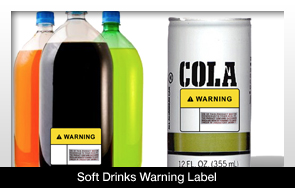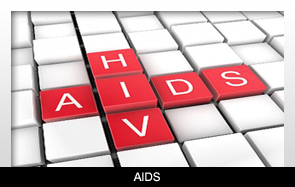Written by Dentistry TodayThursday, 31 January 2013 12:28

One dental expert wants to make certain people are aware of the devastating effects from sugary drinks.
A new study indicating sugary drinks raise the risk of tooth decay by 46 percent has caused Dr. Jason Armfield from the University of Adelaide and the Australian Research Center for Population Oral Health to say that soft drinks should come with a warning label.
The new study included nearly 17,000 children in Australia. The results showed that children who consumed more than 3 sugary drinks each day were at an increase of 46 percent to develop tooth decay. The results also discovered that about 56 percent of children ages 5 through 16 consumed at least one sugary drink every day.
The information backs up what many previous studies of sugary drinks have discovered. The problem is children continue to drink sugary beverages at an increasing rate. Aside from dental issues, the sugary drinks may also result in childhood obesity and diabetes.
No official steps have been taken in any country to put a label on soft drinks warning of tooth decay. Many steps would need be taken before such action could ever be considered.
Some places have taken action to curb soft drink consumption, such as New York City’s ban on sugary drinks larger than 16 oz. But most people know the possible negative effects from sugary drinks at this point, and it’s each person’s decision to consume them or not.
